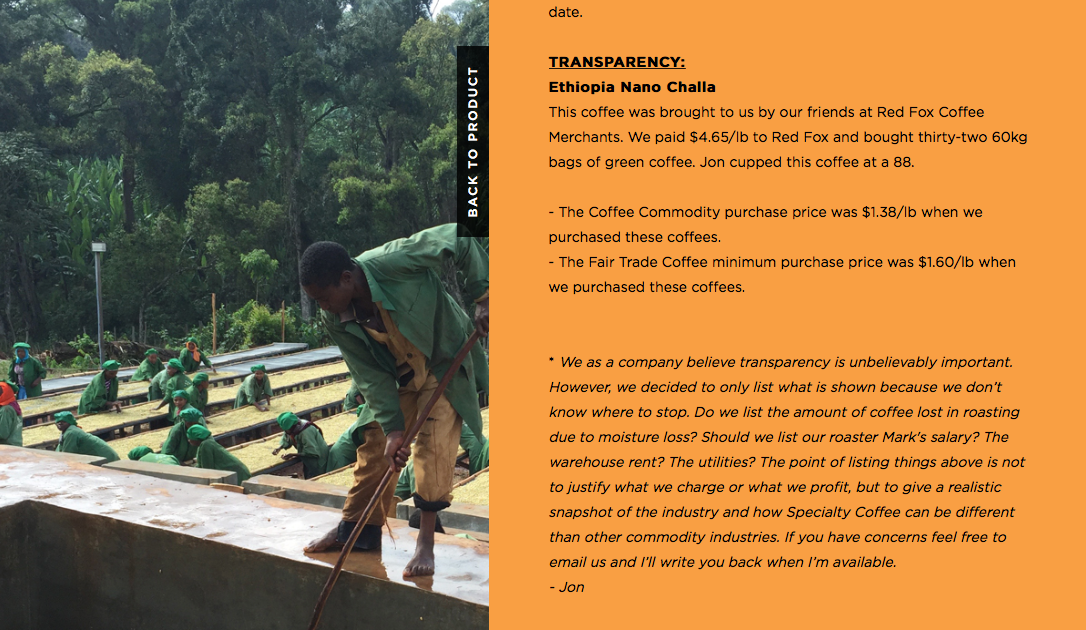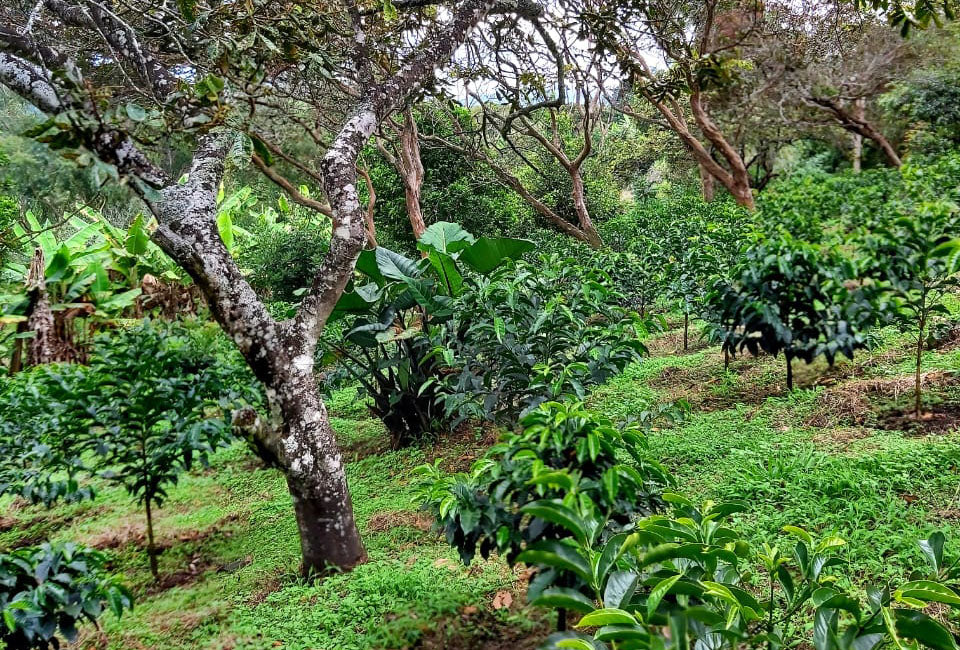In a not too distant future, when the coffee value chain has been transformed and imbued with ethics and morale, people will ask themselves how they allowed otherwise.
Throughout the years, our small venture has been cornered by curious people asking questions like “there is no Fairtrade” icon on your coffee bag. By then we have to explain ourselves why. Often, we also direct them to the web where they can learn more. We explain that we started our journey in the opposite direction than what most contemporary coffee roasteries are doing, namely buying coffee from green coffee bean suppliers which enables them to get coffee on the door within reasonable amount of time. The coffee is then roasted, bagged and distributed or sold directly to end consumer. Roasteries are by far then making their job “easy’. Namely, buy, roast sell. Done – money in the bank.
Direct trade is delicate matter. In majority of cases, all roasters would argue that “direct trade” is employed or them abiding by the “direct trade”-model established by their supplier. However, unless money is credited the producer in person, the concept of a “direct trade” model is ambiguous and used in no other fashion than to generate market, trend and sustainability value.

Next time, ask your fellow roaster how much time was spent on actually bridging the green coffee to the roastery and from where it was brought. Was it a warehouse or from the very soils of the country and region that it originated from? Ask for an honest reply. Illustrating how much time is spent to bring coffee through our own efforts “straight from the farms” and from various countries and regions, having to deal with import and customs declaration, the interest does not stretch that far for the people who ask “where is the Fairtrade-logo”. This is very unfortunate. This is also regular behavior that we face far to often.
By arranging and transporting coffee directly, and with the quality we pursue, we ensure the end customer can enjoy a premium cup of coffee to an unparalleled price considering all generated costs down the line. That is also why our Transparency Trade, Pricing and Disclosure program is crucial to us. A vast amount of time is in addition spent on roasting, bagging and distributing the coffee. If we would summarize the hours spent on these efforts in total, consumers are likely to pay 100 USD per kilo regardless what coffee is sold. Cutting through the current and obsolete coffee value chain, we ensure costs are kept low while ensuring farmers and administrative aids can harvest the majority of the financial value of their product.
Throughout the years, we have also seen this concept being embraced by others. We therefore salute all efforts being brought and highlighted to this such as Tim Wendelboe who is using “transparency” as a common concept at this present day, Coffee Collective is declaring FOB pricing and now recently Only Coffee Lab being highlighted by Barista Magazine regarding them adding “Transparency Efforts” to their web.
We congratulate all parties for their efforts and hope others are ready to change their model of trade for the greater good.



